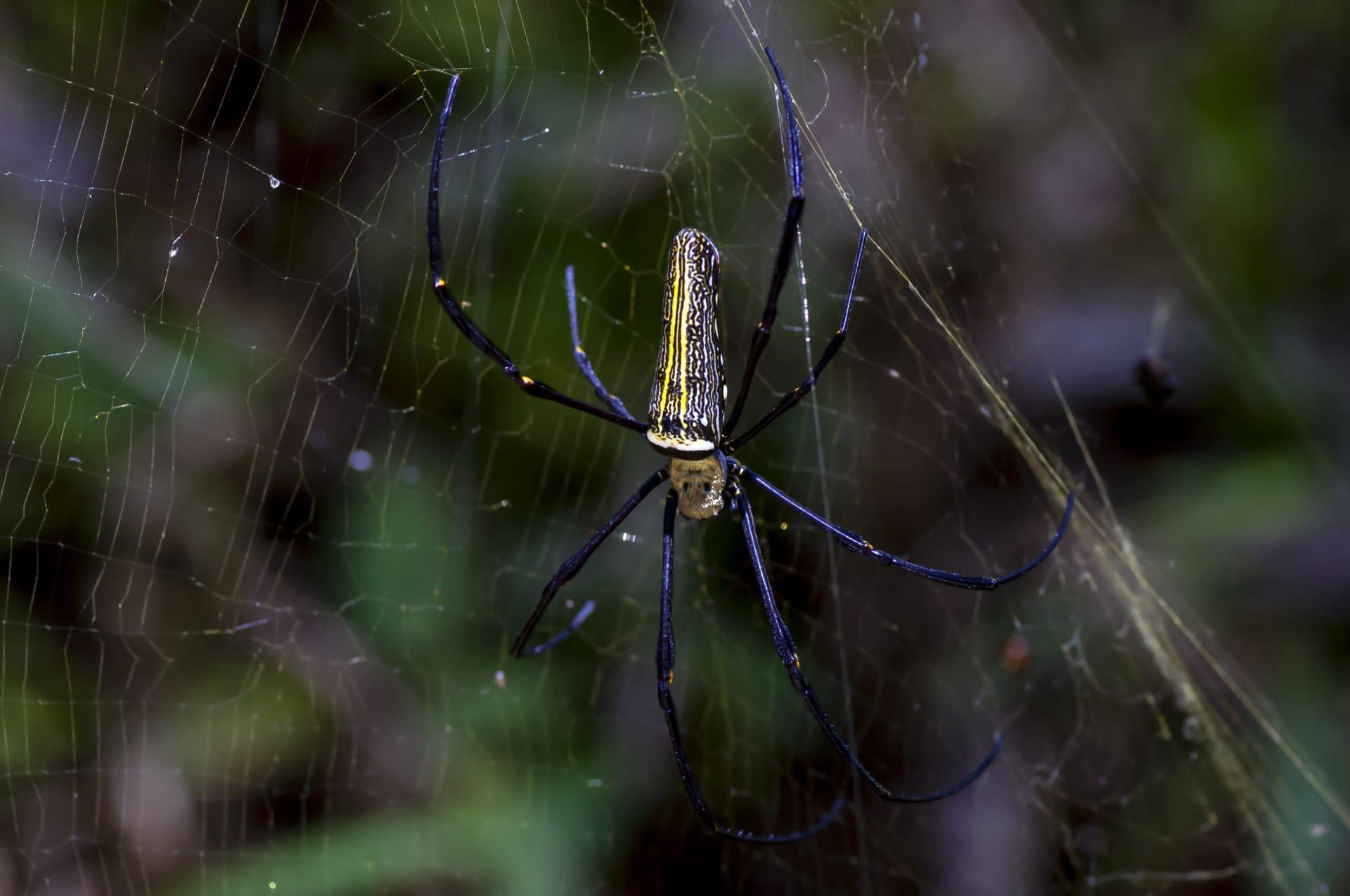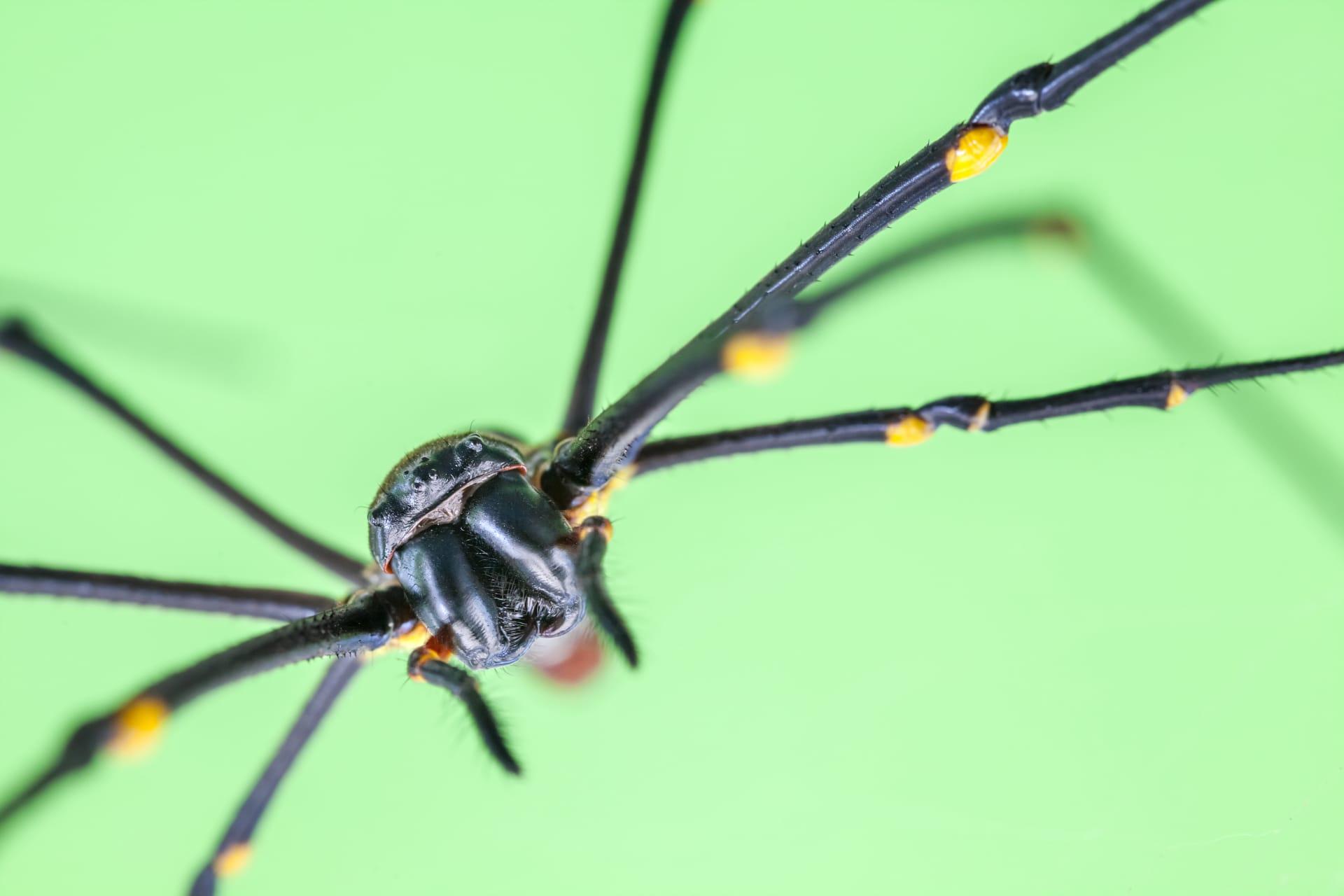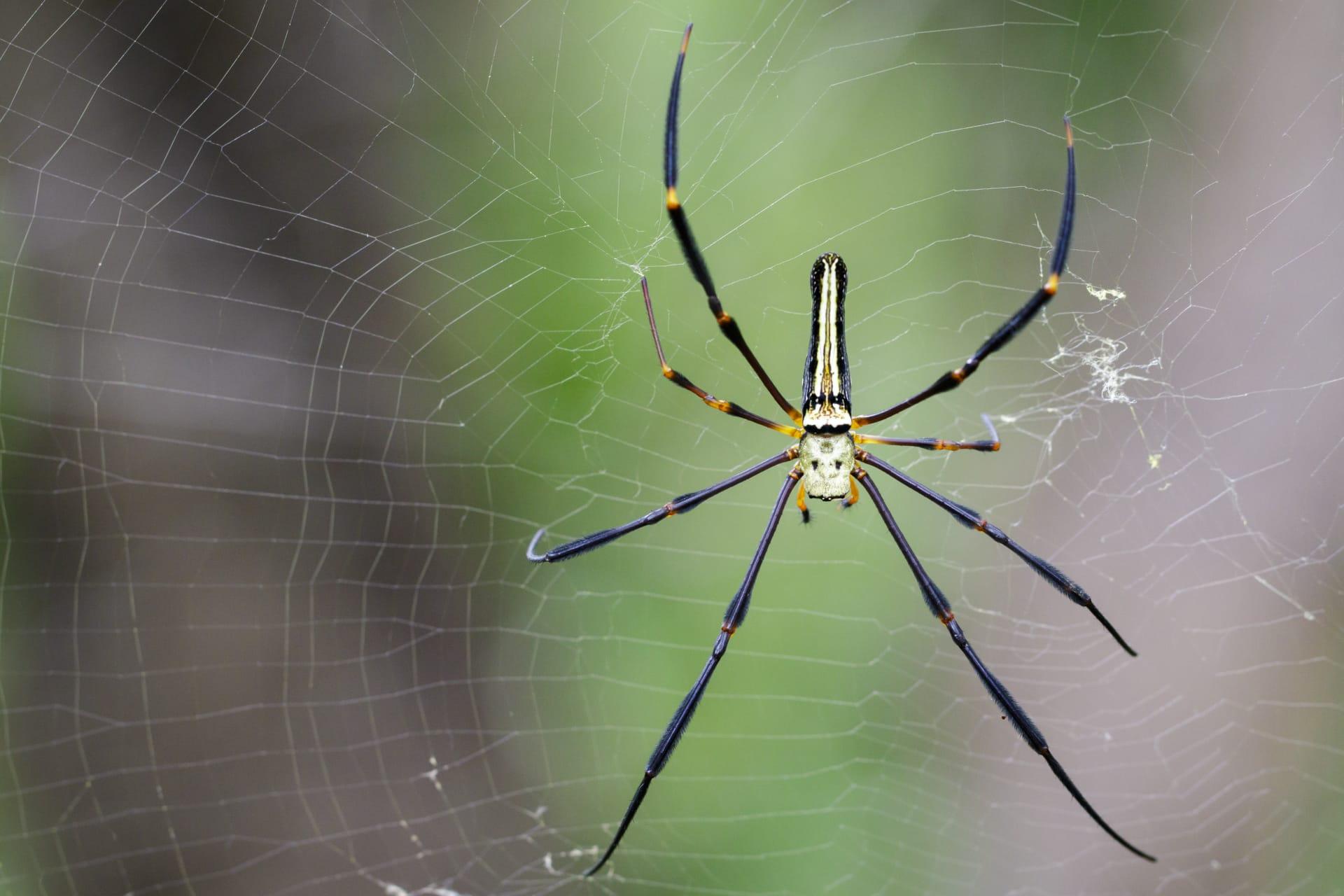1
Banana spiders, scientifically known as Phoneutria, are not only known for their striking appearance but also for their potent venom. The venom of a banana spider is a complex cocktail of toxins, proteins, and peptides. It's so potent that it can cause neuromuscular paralysis in their prey, which are usually insects. However, in humans, while painful, the bite is rarely lethal. These spiders can grow up to 5 inches (13 cm) in leg span, making them one of the larger spider species encountered by humans.
Another fascinating aspect of banana spiders is their hunting method. Unlike many other spiders that rely on webs to catch their prey, banana spiders are active hunters. They use their speed and agility to chase down their prey. During the day, they are often found hiding in dark and moist places, emerging at night to hunt. Their excellent night vision aids them in navigating and tracking down their prey in the dark.

2
Did you know that banana spiders are also called "wandering spiders"? This name comes from their behavior of wandering on the forest floor instead of residing in a web. This nomadic lifestyle is quite rare among spiders and makes the banana spider unique in its family. They are predominantly found in Central and South American tropical forests, where they roam the jungle floor in search of food. This lifestyle also means they occasionally wander into human dwellings, leading to their notoriety.
Regarding reproduction, banana spiders have a unique courtship dance. The male performs a series of movements and vibrations on leaves to attract a female. If the female is receptive, she will allow him to approach and mate. However, these spiders also exhibit sexual cannibalism. If the male is not careful or is too slow after mating, he may end up being eaten by the female, providing her with a nutritious meal to support the development of her eggs.

3
Banana spiders have an unusual defense mechanism: when threatened, they can produce a high-pitched sound. They achieve this by rubbing their bristles together, a behavior known as stridulation. This sound serves to deter predators and is quite effective in the wild. It's a rare trait among spiders, adding to the intriguing nature of the banana spider.
Their coloration is another intriguing feature. Banana spiders come in a range of colors, from bright yellow to dark brown. This coloration not only makes them visually striking but also serves as a form of camouflage in their natural habitat. The yellow variants, in particular, can blend in with the leaves and flowers of the jungle, making them harder for predators to spot. This adaptive coloration is a brilliant example of how these spiders have evolved to survive in their environment.

4
Banana spiders are capable of delivering one of the most painful bites among spiders. Their venom contains a toxin known as PhTx3, which acts as a powerful neurotoxin. This toxin can cause intense pain, inflammation, and sometimes, temporary paralysis in the area of the bite. Interestingly, despite its potency, the venom has low lethality to humans. In fact, there have been very few recorded cases of human fatalities from a banana spider bite.
Another remarkable fact about banana spiders is their lifespan and growth. Female banana spiders can live up to 2 years, which is relatively long for spiders. They undergo several molts as they grow, shedding their exoskeletons and emerging larger each time. Males, on the other hand, have a shorter lifespan, usually living only long enough to reach maturity and mate.

5
The eyesight of banana spiders is worth noting. Unlike many spider species that rely heavily on touch and vibration to sense their surroundings, banana spiders have excellent vision. They have eight eyes arranged in two rows, providing them with a wide field of view and the ability to detect movement and track prey effectively. This advanced vision is essential for their hunting lifestyle, as they actively pursue and ambush their prey rather than capturing them in webs.
Lastly, the silk of banana spiders is incredibly robust. While they don't use webs to catch prey, they do use silk for other purposes, such as building egg sacs and shelters. Their silk is one of the strongest known natural fibers. It's incredibly tough and resilient, able to withstand high levels of stress and strain. This strength is remarkable considering the silk's light weight and flexibility, showcasing the marvel of natural engineering in these fascinating creatures.